How to calculate heating radiators based on the area of the room? A calculator and tape measure will help
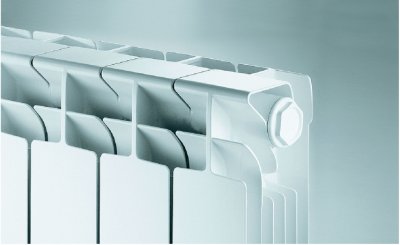
Find out correctly number of sections To effectively heat a room, you can use a number of calculations.
Thanks to this, the house will be fully heated and will maintain a high temperature evenly in winter.
In addition, you will be able to avoid overpaying for unnecessary expenses when using large radiators.
Content
Parameters affecting room temperature
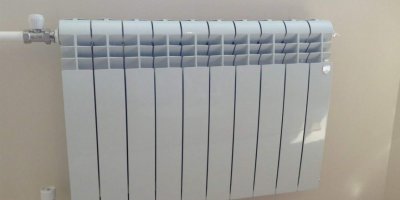
It is not enough to know the technical characteristics of the battery and the heated area.
It is worth considering factors that significantly affect heat leakage:
- windows;
- walls;
- roof;
- climate.
Attention! When calculating the required power, you should perform calculation by suitable method. Then, multiply the obtained result by coefficients of parameters affecting temperature.
Windows
Light is lost through window openings up to 35% heatIt is necessary to take into account both the area of the window and the type of glass unit.
| Meaning | Coefficient |
| Window area to floor area, % | |
| 10.0 | 0.8 |
| 30.0 | 1.0 |
| 50.0 | 1,2 |
| Type of glass unit | |
| Three-chamber | 0.85 |
| Two-chamber | 1.0 |
| Double frame | 1.27 |
Walls and roof
The thickness and presence of walls facing the street play a key role in thermal insulation.
| Meaning | Coefficient |
| Thermal insulation level | |
| Normal | 1.0 |
| Inadequate | 1.27 |
| Good | 0.8 |
| External walls | |
| 1 | 1,1 |
| 2 | 1,2 |
| 3 | 1.3 |
Reference! The normal degree of insulation is considered to be a wall a couple of bricks thick.
Heat loss changes if there is a heated room above, namely:
- other premises - coefficient 0.7;

- attic with heating - 0.9;
- ordinary attic - 1.0.
For a private house, losses through the roof are higher by 50%.
Therefore, the resulting coefficient should be multiplied additionally by 1.5.
Attention! If the ceiling height differs from the accepted norm (2.7 meters) An additional coefficient is used to calculate the radiator sections. To obtain it, you should 2.7 m divide by the actual height.
Climatic factors
Low outside temperatures reduce the amount of heat in the room.
| Meaning | Coefficient |
| Temperature, °C | |
| -10 | 0.7 |
| -15 | 0.9 |
| -20 | 1,1 |
| -25 | 1.3 |
| -30 | 1.5 |
Characteristics of different types of radiators
The important parameters of a radiator depend on the material it is made of. The following types are distinguished:
Steel
Advantages:
- low price;
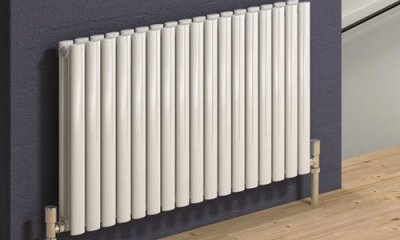
- light weight;
- ease of installation;
- beautiful appearance.
At the same time, the existing shortcomings negate all the positive qualities of the equipment:
- Welded joints can give flow;
- cheap models are prone to corrosion;
- short term exploitation;
- the integrity of the design does not allow for variation number of sections.
Cast iron
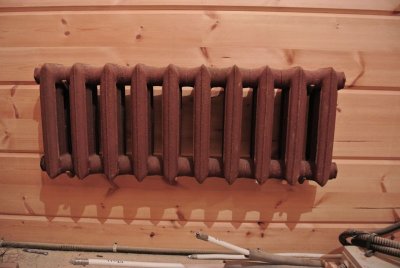
Radiators of this type have been used for a long time in many rooms everywhere.
Advantages:
- high level of heat capacity;
- wear-resistant;
- universal in application.
Flaws:
- complexity of installation;
- appearance.
Aluminum
A popular type that has incorporated the best characteristics two previous models.
Advantages:
- reasonable price;
- nice design;
- resistance to high loads.
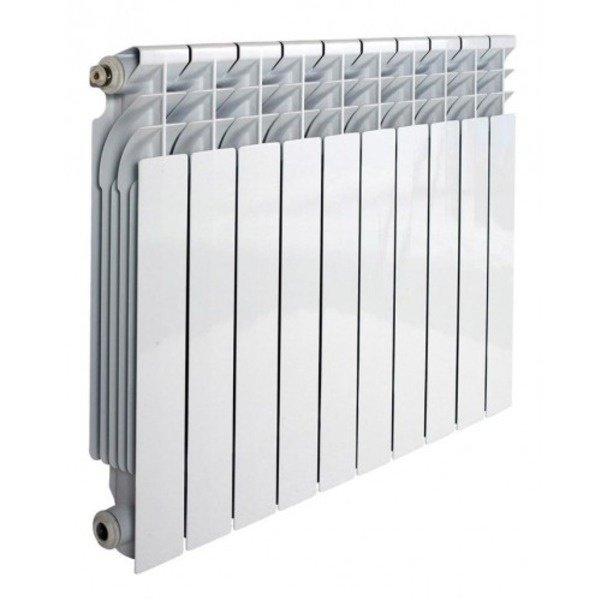
Photo 1. Aluminum heating radiator model Uno 500/100, side connection, manufacturer - "Ravello", Italy.
Flaws:
- aluminum is susceptible corrosion, which leads to gas formation;
- impossibility of carrying out repairs separate section.
Bimetallic
An excellent choice for use in any heating systems.
Advantages:
- high reliability;
- good heat dissipation;
- They perform best when loads.
Disadvantage: cost is higher than alternative radiators.
Power
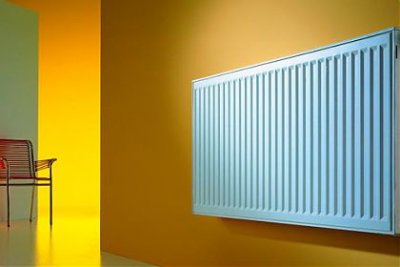
There are average power values for one section Batteries:
- aluminum - 200 W;
- bimetallic - 150 W;
- steel - 120 W;
- cast iron - 100 W.
The center distance may differ from that accepted as standard.
In this case, it is necessary to multiply the obtained number of sections by the coefficient: standard value (50 cm) / actual.
How many square meters is one section designed for?
One section The average heat exchanger covers an area in square meters:
- aluminum - 2.0 m2;
- bimetallic - 1.8 m2;
- steel - 1.8 m2;
- cast iron - 1.5 m2.
How to calculate the required power per square meter based on the area of the room
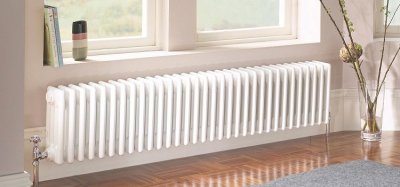
A typical living space requires approximately 10 W for heating one square meter area.
If the ceiling height is non-standard, it is better to use the volume of the room for calculations.
The average indicator is equal to: 40 W per 1 m3 (panel house); 34 W - a brick building.
Calculation formula
The calculation does not require any special knowledge of mathematics, and to obtain data about the room it is enough to use a regular tape measure.
Calculation using area: Q = S × 100.
Calculation by volume: Q = S × h × 40 or Q = S × h × 34.
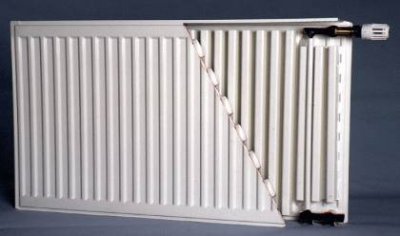
It remains to calculate the required number of sections for heating using the formula: N = Q / QWith.
Designations:
- Q — required heat transfer.
- S — area of the premises.
- h — ceiling height.
- QWith — specific thermal power of one section.
Example
The example uses a room area 30 m2. It is necessary to install the optimal number of steel batteries.
First, it is worth finding out the power that will be required:
Q = 10 W x 30 m2 = 3000 W.
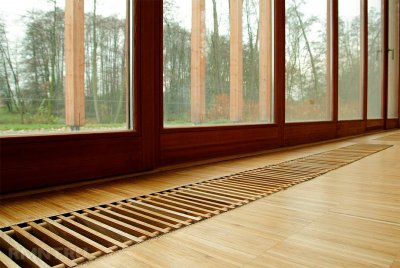
It is known that the area of the windows is 20% of the floor area, and there is also two walls, going out onto the street. Then:
Q = 3000 W × 0.9 × 1.2 = 3240 W.
Next, you should use the calculator to calculate the number of sections:
3240 W / 120 W = 27 pcs.
As a result, it turns out that heating this area will require 27 sections of steel radiator.
Useful video
Watch the video to learn how to calculate the required number of aluminum radiators for different coolant parameters.
Determining the exact number of heating batteries
Referring to the above calculation formulas, you can roughly calculate how many heat exchangers will be needed for a specific room. And to get more accurate information, it is worth seek help from a professional, carry out calculations using special equipment, and also taking into account non-standard room sizes.






